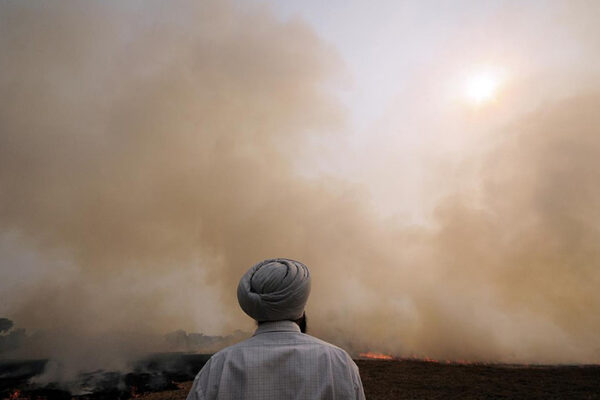As anyone with seasonal allergies knows, unseen airborne particles can really wreck a person’s day. Like the tree pollen that might be plaguing you this spring, small concentrations of trace elements in the air can have significant negative impacts on human health. However, unlike pollen counts and other allergy indices, which are carefully tracked and widely available, limited knowledge exists about the ambient concentrations of cancer-causing trace elements like lead and arsenic in urban areas of developing countries.
A recent effort led by Randall Martin, the Raymond R. Tucker Distinguished Professor in the McKelvey School of Engineering at Washington University in St. Louis, analyzed global ambient particulate matter (PM) to understand two of its key components, mineral dust and trace element oxides. Trace elements — such as lead and arsenic — have well-documented associations with adverse health outcomes. While dust originates from both natural sources like deserts and human activities like construction and agriculture, trace elements are predominantly emitted by human activities such as fossil fuel combustion and industrial processes.
Martin’s team, including Jay Turner, the James McKelvey Professor of Engineering Education at WashU, and Xuan Liu, a graduate student working with Martin and Turner in the Department of Energy, Environmental & Chemical Engineering, examined data collected by the Surface Particulate Matter Network (SPARTAN), the only global monitoring network that measures PM elemental composition. Their work, published March 10 in ES&T Air, produced a valuable dataset and methodology to identify regions with elevated trace elements. The findings also highlighted regions of concern in Bangladesh, India and Vietnam, which might benefit from interventions to reduce trace element emission from human activities.
Read more on the McKelvey Engineering website.


